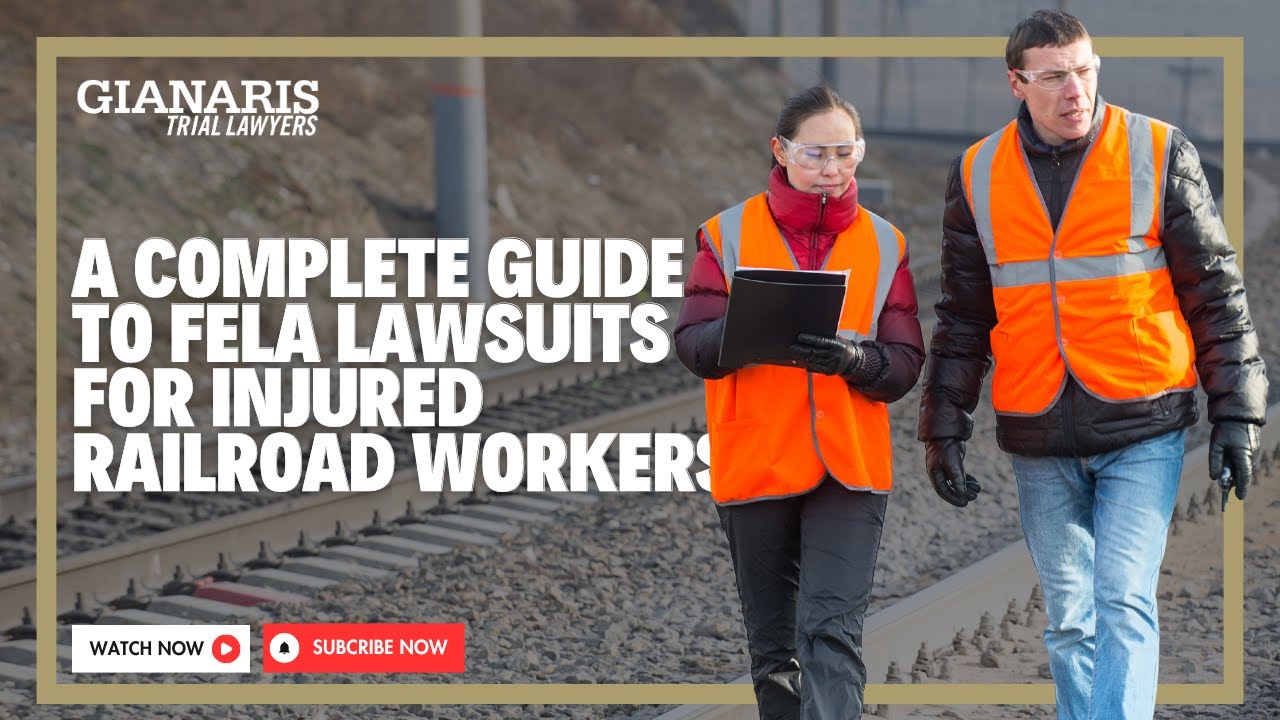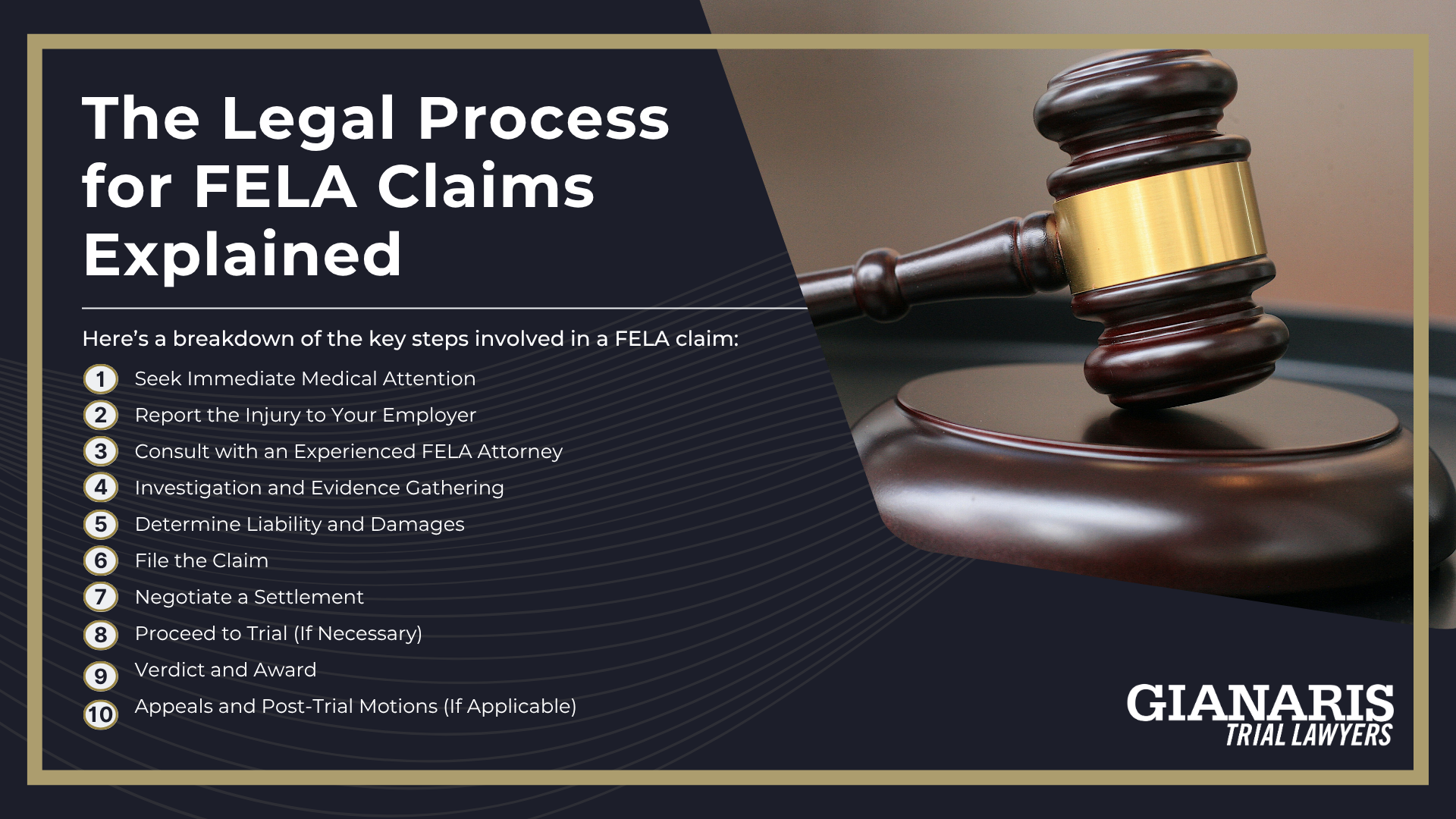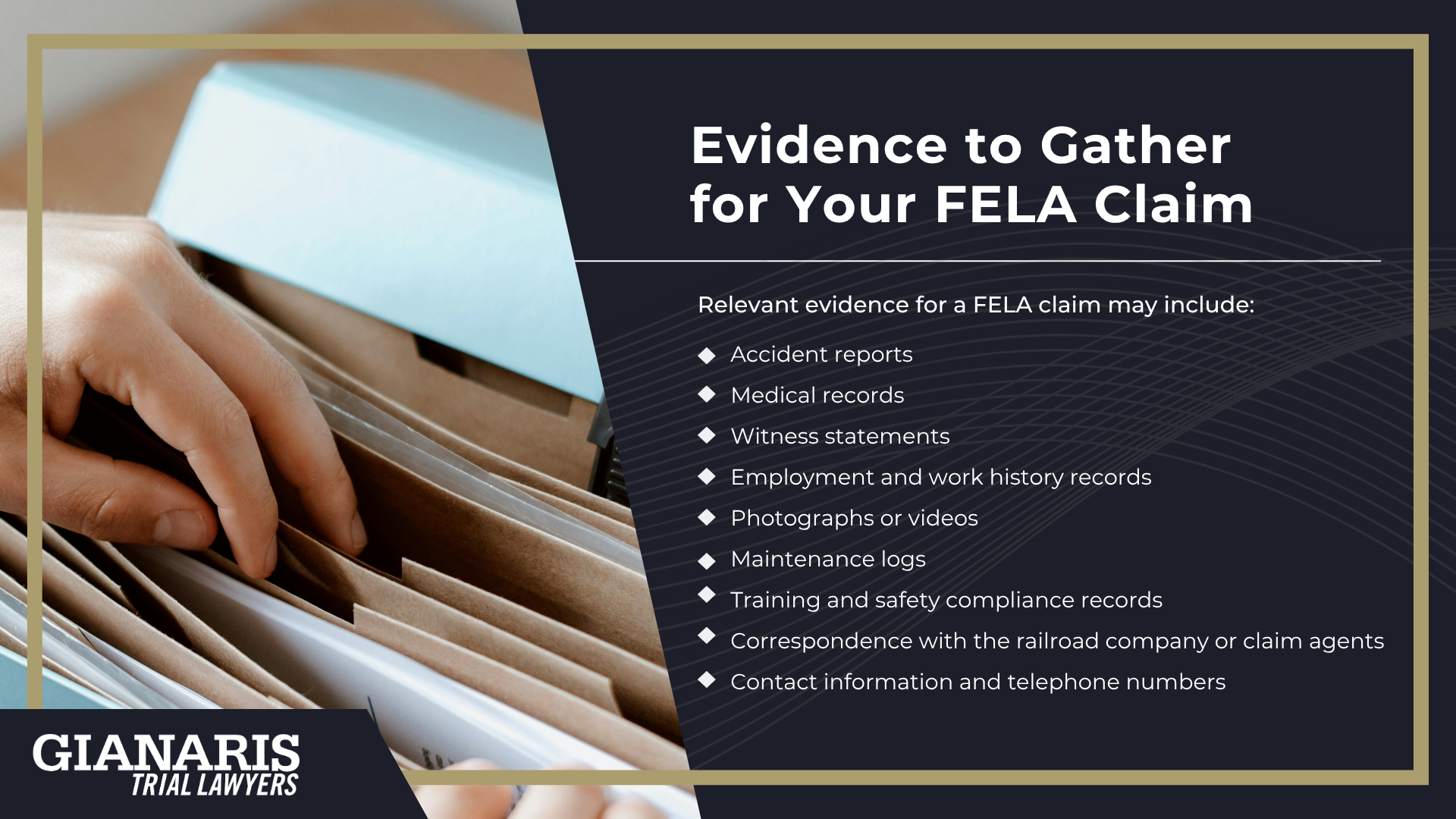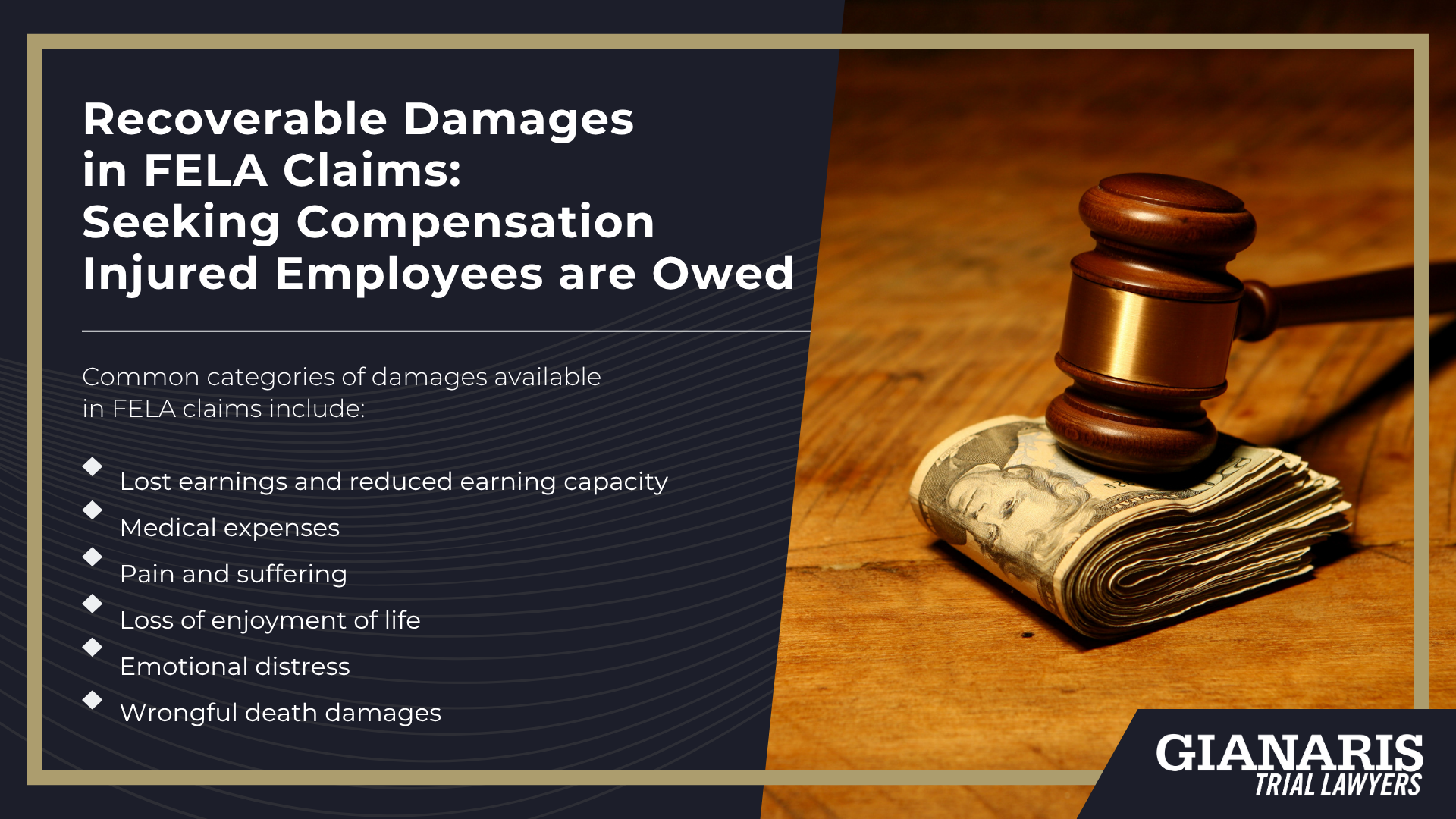The Federal Employers Liability Act (FELA) is a critical federal law enacted in 1908 to protect railroad employees who suffer injuries or develop illnesses due to their work.
Before FELA, injured railroad workers had few options for recovery, and employers could avoid liability by blaming co-workers or arguing that the worker assumed the risk.
FELA was introduced in response to the dangerous nature of railroad work and the increasing rate of on-the-job injury and death, particularly during the explosive growth of the railroad industry in the late 19th and early 20th centuries.
The law allows injured railroaders—or, in cases of death, their family members—to sue their railroad employer directly for compensation in either state or federal court.
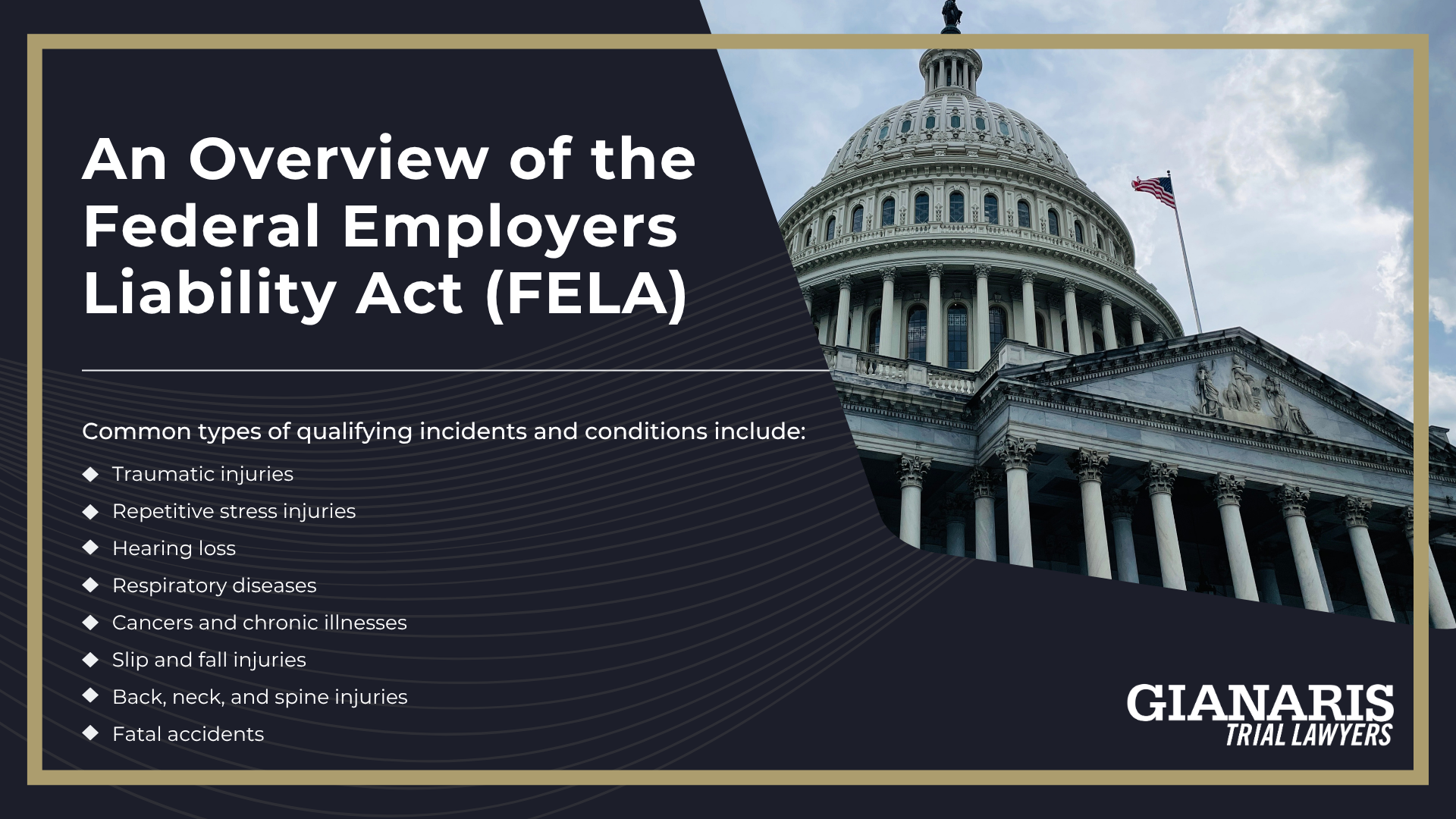
FELA applies specifically to common carriers by railroad that engage in interstate commerce, making it a federal remedy for employees of railroad companies operating across state lines.
Unlike traditional workers’ compensation systems, FELA is fault-based, meaning the injured employee must show that the railroad employer was negligent in some way.
This could include a failure to follow safety regulations, inadequate training, unsafe equipment, or lack of maintenance.
Even if the worker was partially at fault, they may still recover damages under FELA, with the award reduced in proportion to their share of the blame.
The statutory phrase from 45 U.S.C. §51 states that:
“Under FELA, a railroad employer is liable if the injury resulted ‘in whole or in part’ from the employer’s negligence—meaning even minimal fault can establish the right to compensation.”
FELA does not require that the injury occur in a single accident; it also applies to cumulative trauma and occupational diseases caused by long-term exposure to dangerous conditions.
Claims under FELA can be made for a wide variety of railroad injuries and illnesses, including those that are not immediately obvious but worsen as time passes.
Common types of qualifying incidents and conditions include:
- Traumatic injuries from a railroad accident or sudden equipment failure
- Repetitive stress injuries from prolonged use of heavy tools or improper ergonomics
- Hearing loss due to high noise levels and lack of ear protection
- Respiratory diseases from prolonged exposure to diesel exhaust or silica dust
- Cancers and chronic illnesses related to exposure to asbestos, benzene, or other toxic substances
- Slip and fall injuries caused by unsafe work environments
- Back, neck, and spine injuries from heavy lifting or inadequate support
- Fatal accidents, for which families may bring a wrongful death claim
What Does it Take to Pursue a FELA Claim?
Pursuing a FELA claim involves several key steps.
The injured worker—or their legal representative/designated legal counsel—must document the injury, gather testimony from co-workers and witnesses, compile evidence of the railroad’s negligence, and file the claim within the three-year statute of limitations.
Medical records, accident reports, and expert opinions all play a crucial role in proving the case.
Unlike workers’ compensation, which typically pays only a portion of medical bills or lost wages, a successful FELA claim can recover full compensation for lost earnings, medical expenses, pain and suffering, and loss of quality of life.
In the event of a fatal injury, family members may recover for the economic and emotional losses resulting from the death.
The whole process can be time-intensive and legally complex, making experienced legal counsel essential.
Many injured railroaders feel overwhelmed or pressured to settle for less, especially when claim agents act quickly after a railroad accident.
At Gianaris Trial Lawyers, we help clients fight for what is fair, not just what is offered.
Our team builds strong cases that reflect the true cost of an injury—not all these costs are visible on a medical bill.
FELA continues to serve as a vital tool to protect the rights of those who keep the nation’s railways running.

